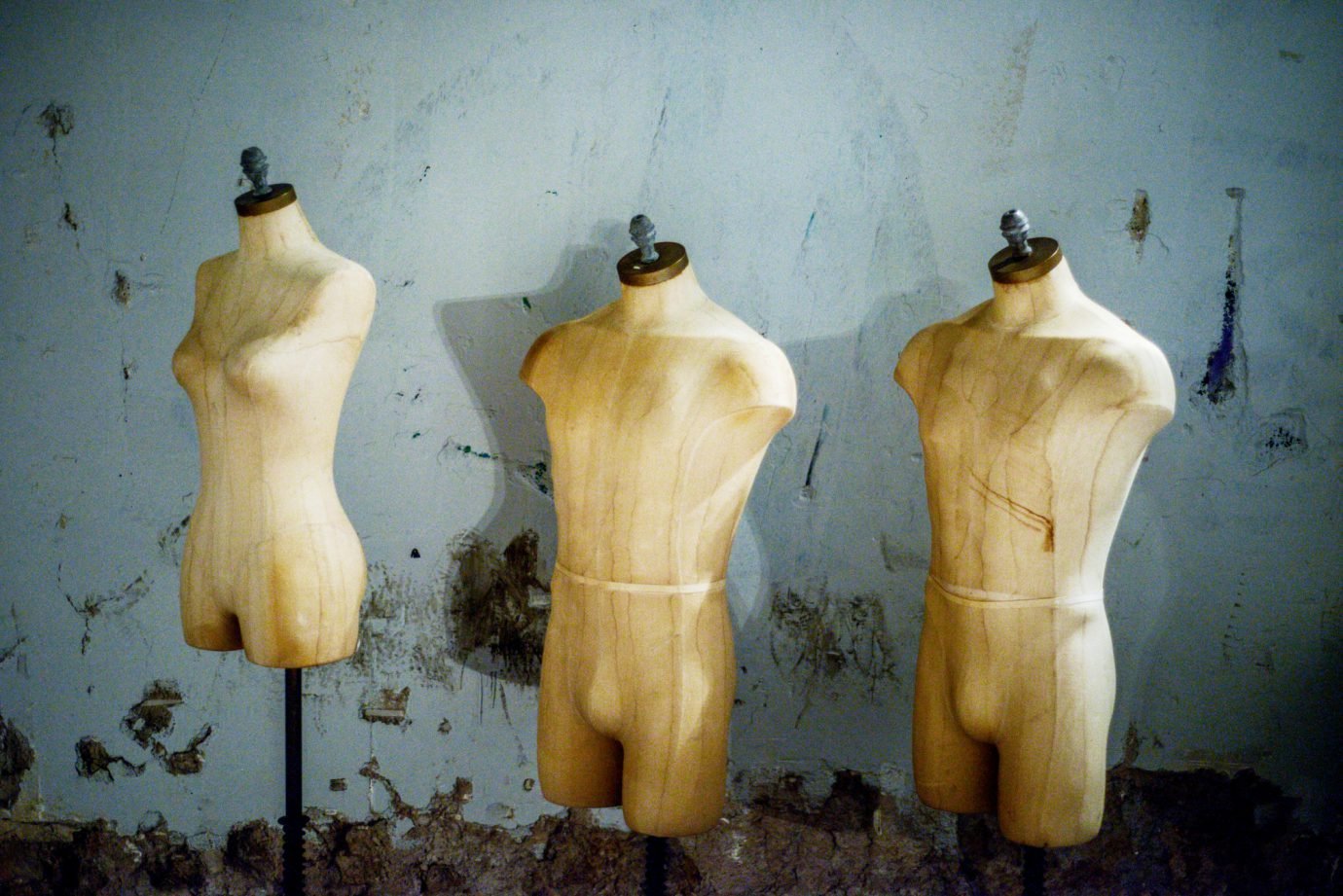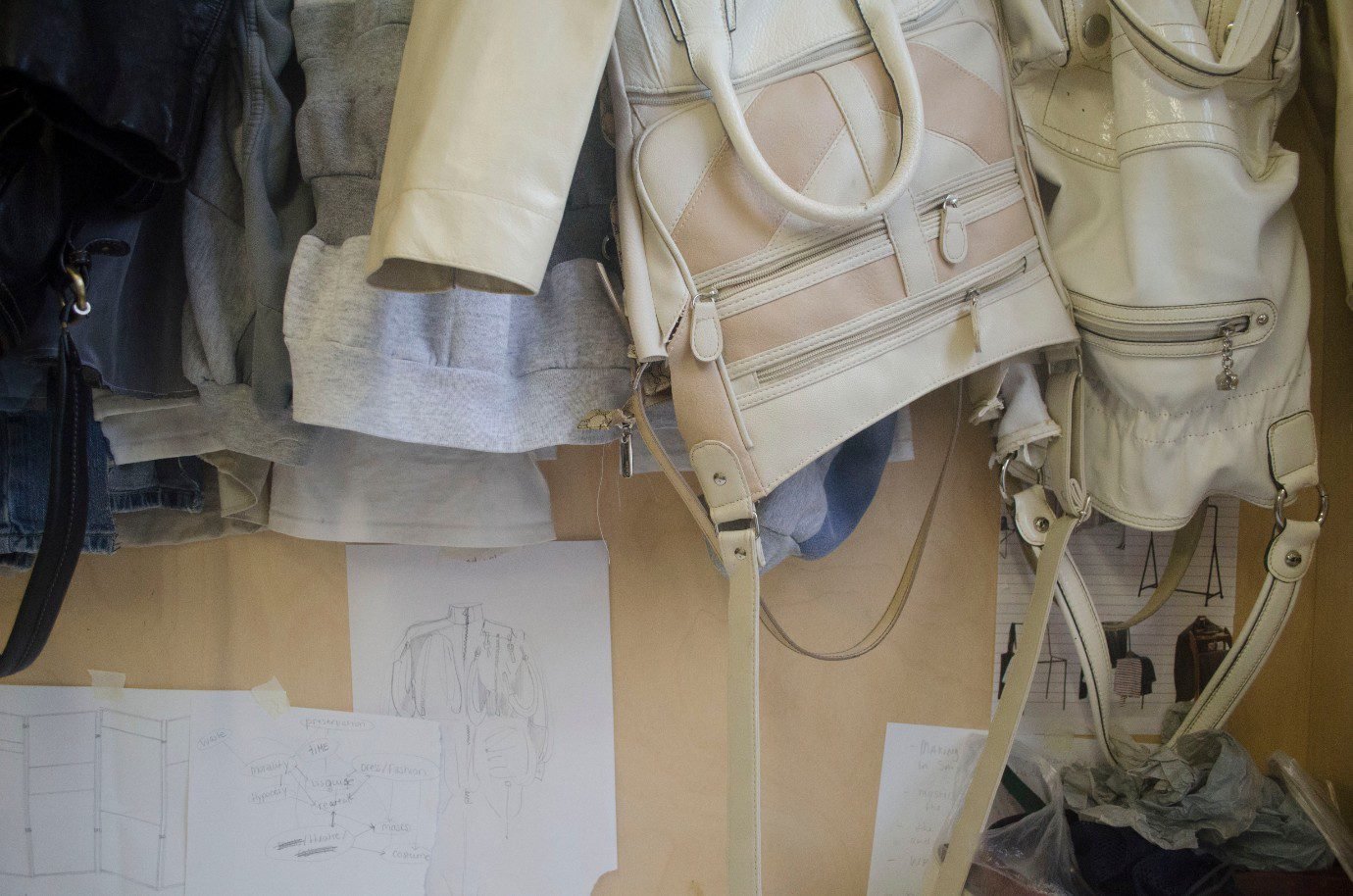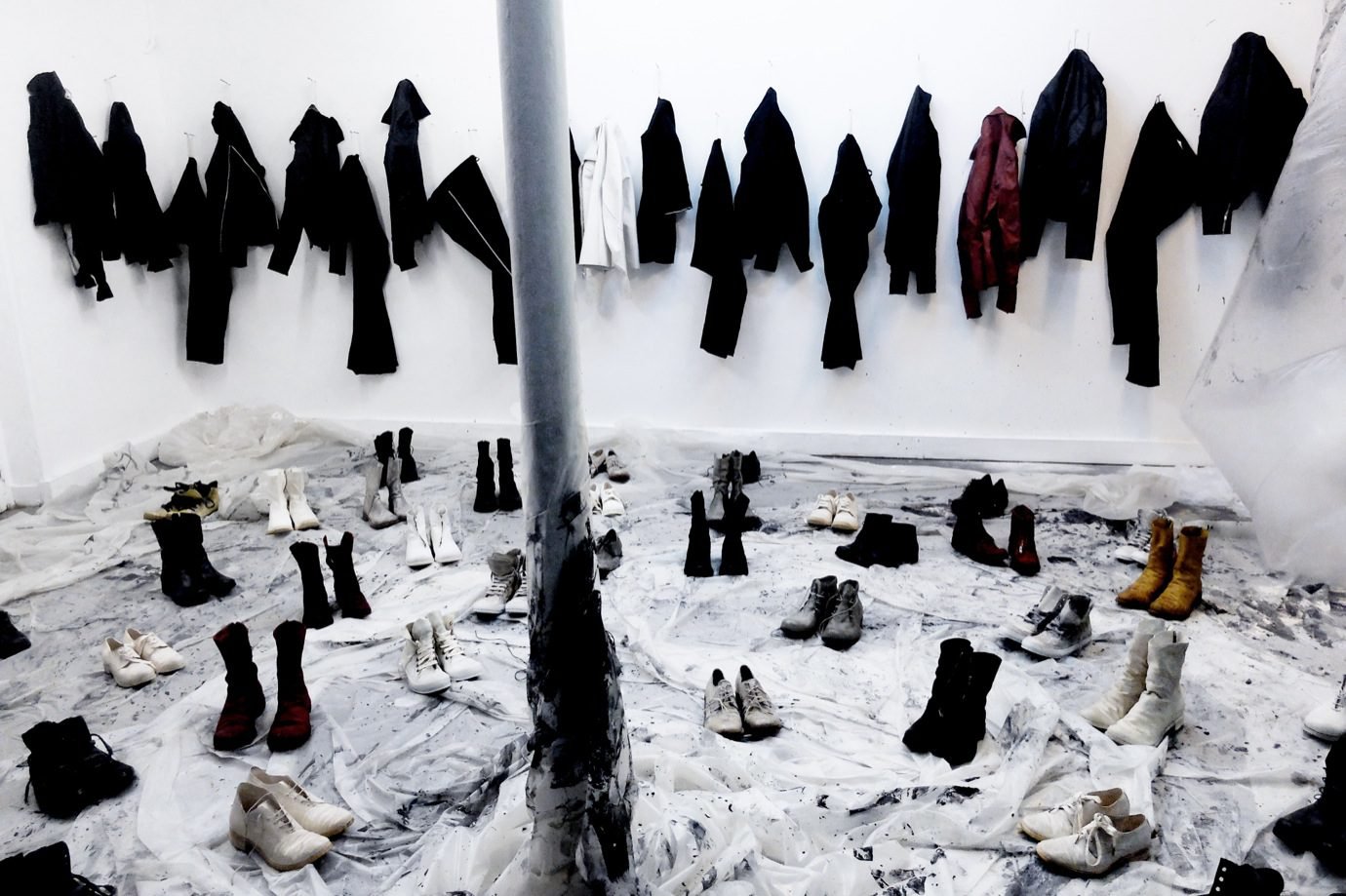In the spirit of Fashion Revolution Week, we spoke to fashion activist and co-founder of FRW Orsola de Castro and brainstormed some solutions. “At the moment, everything is geared to make you guys feel like you’ve inherited a massive problem,” Orsola recognised. “What I would like to see is everything to be geared to make you guys feel like you are a part of the solution.”
We couldn’t agree more. Here we present a few tips for approaching sustainable design.
DON’T CALL IT ‘GREEN’: “You can describe it in any way you want, BUT, don’t call it ‘green’ don’t call it ‘eco’ cause those words mean nothing. It’s just like describing the whole world as being blonde as far as I’m concerned.”
“The first thing to understand is we have to celebrate this complexity and understand it and stop trying to make it look sexy! Stop saying, “oh sustainable isn’t sexy”, let’s start describing it for what it is- an issue that we need to find solutions for.”
“I see it as incredibly fashion, I see it as art, as avant-garde, as the future. And if you look at it from that point of view, you don’t need to give it a name. It’s full of nuances. You can describe it in a poetic way, you can describe it in an angry way, in a very relevant way
DON’T BOYCOTT: “You can’t sit there and demonize fast-fashion without giving it a logical alternative, because the truth is not everyone can shop at Gucci. So what is the point of making people feel guilty for shopping at H&M?”
“Just learn how to manage that hole in your clothing. Just keep that piece for a long time, just learn how to love the things you buy. That will slow down the system. That will send the correct message to brands. It’s not the boycott; ultimately it’s the love.”
WAIT FOR LOVE” “It’s about entering a different journey. And somehow, that’s a very tough one to get the consumer to understand cause we are addicted to buying clothes. We no longer buy because we want, we buy because we can.”
“They’ve made us think that the buy now is appealing, but ultimately we have to go back to the culture of waiting, the loving, the desiring, the sheer wanting.”
PICK AN ISSUE THAT SPEAKS TO YOU: “There is no expectation that you should be jumping into the whole thing like you would dive into the sea. It’s not just about exploring sustainability, it’s about what your relationship can be, what your input can be, what is your journey?”
“There are thousands of different ways of exploring it. And the first one is, not giving up before you start. You can’t really give one advice that will fit all. But the reality is if you are interested in not creating impact as you go along- environmental or social, then you have so many ways in doing so.”









